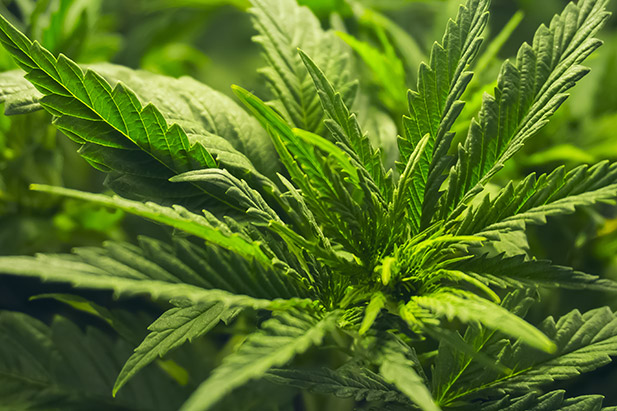Waste watchers: Sewage and cannabis
StatsCan is tracking Canada’s drug consumption through wastewater
July 9, 2019

As the cannabis market becomes more firmly entrenched across the country, an Ontario Tech University researcher says Statistics Canada (StatsCan) is going to great depths to study national cannabis consumption rates. StatsCan is particularly interested in tracking any remnants of illegal cannabis activity since the legalization of recreational cannabis in October 2018.
“We are entering a new era of data collection with regard to cannabis in Canada,” says Dr. Gary Genosko, Professor of Communication and Digital Media Studies at Ontario Tech. “Hybrid methods of monitoring are required, no matter how speculative they may at first appear.”
In early 2018, StatsCan launched a crowdsourcing initiative to determine prices for illegal weed across the country at that time. Civic-minded consumers provided information on StatsCan’s Cannabis Hub website and were guaranteed anonymity in return. The data determined the cheapest joint for non-medical purposes in the country could be procured in Manitoba.
Around the same time, the agency tendered a plan to test urban wastewater for trace elements of tetrahydrocannabinol (THC). Five municipalities (Montréal, Toronto, Edmonton, Vancouver and Halifax) originally came on board.
“The StatsCan testing follows the European practice of wastewater epidemiology focusing on illicit drugs not including cannabis undertaken by the European Monitoring Centre for Drugs and Drug Addiction,” says Dr. Genosko. “Halifax topped the Canadian list for traces of cannabis measured in micrograms. Montréal was second.”
Critics have cast a withering eye on the wastewater tracking method, suggesting it has fundamental flaws, such as the inability to grasp consumption frequency or substance purity levels (Globe and Mail report, December 4, 2018). However, StatsCan believes it can work with the flaws and still detect trends in consumption to determine legal versus illegal market sizes.
“New tests can distinguish between consumed drugs and those that were unused and disposed of,” says Dr. Genosko. “Estimates of the size of the illicit market are becoming more accurate.”
A number of Chinese cities also use wastewater analysis of drug traces, not to estimate drug use, but as an evaluative measure of the effectiveness of China’s war on drugs. Other countries such as Australia and the United States are finding some resistance to the testing methods over privacy concerns.
“This kind of testing raises interesting ethical questions about who owns sewage and who can give consent for its analysis,” says Dr. Genosko. “Analysis could target specific institutions such as schools, apartments or large entertainment complexes like casinos. Prisons have already been studied in this manner. While this tracking may be justified in terms of searches for illegal grow-ops or laboratories, what are the social and economic implications of catchment areas that become identified and stigmatized for high trace counts of drugs, or impacted by social control measures?”
Something to think about after (or before) you flush.
Media contact
Bryan Oliver
Communications and Marketing
Ontario Tech University
905.721.8668 ext. 6709
289.928.3653
bryan.oliver@uoit.ca



